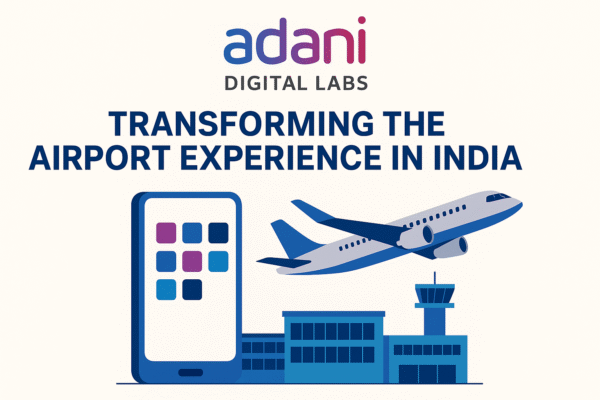Qantas Set to Receive First Airbus A321XLR, Transforming Fleet and Expanding Global Reach
Qantas Airways, Australia’s national carrier, is poised to take a significant leap forward in its modernization journey with the arrival of its first Airbus A321XLR aircraft. Scheduled to land at Hangar 96 in Sydney at 10:30 AM on July 2, 2025, this next-generation aircraft marks the beginning of a 28-jet fleet renewal that promises improved efficiency, enhanced passenger experience, and greater network flexibility.
The A321XLR, or “Extra Long Range,” is widely recognized as a game-changer in the narrow-body segment, offering a range of up to 8,700 kilometers—far exceeding typical narrow-body capabilities. With this aircraft, Qantas aims to replace aging Boeing 737s and unlock new direct routes from Australia to destinations previously viable only with wide-body jets.
A Cornerstone in Qantas’ Fleet Renewal Strategy
For over two decades, Qantas has operated Boeing 737s as the workhorse of its domestic and short-haul international routes. However, many of these aircraft are nearing retirement. The Airbus A321XLR arrives as a timely solution, offering increased fuel efficiency, reduced carbon emissions, and the ability to serve both high-demand domestic sectors and thin long-haul international routes.
The A321XLR is a key pillar in Qantas’ “Project Winton” fleet upgrade plan, which focuses on integrating modern aircraft designed to reduce operating costs and environmental impact. Qantas CEO Vanessa Hudson hailed the aircraft as “a strategic leap forward” in aligning the airline’s sustainability objectives with operational excellence.
A Bridge to New Global Markets
Although initial deployment will focus on popular domestic corridors such as Sydney–Melbourne and Brisbane–Perth, Qantas has ambitious plans to stretch the A321XLR’s wings internationally. New potential routes include Melbourne to Manila and Perth to Phuket, tapping into high-growth Southeast Asian markets while providing travelers with more direct flight options.
The narrow-body’s long range and fuel efficiency make these routes financially viable and more environmentally sustainable compared to using larger aircraft on medium-demand sectors.
Cabin Innovation: Comfort Meets Capacity
Qantas’ A321XLRs will feature an upgraded two-class cabin layout, setting new standards for comfort in the narrow-body segment. The aircraft boasts 20 business class seats in a 2–2 configuration with a 37-inch pitch, complete with extendable calf and footrests. This represents a significant leap from the 12-seat business class cabins on current 737s.
In economy, the 3–3 layout will accommodate 177 passengers, offering seats that are slightly wider and ergonomically redesigned to enhance comfort on longer journeys. With 15 more economy seats than the 737, the new aircraft combines increased capacity with a better passenger experience.
Cutting-Edge Inflight Features
Beyond seating improvements, Qantas’ A321XLR offers a host of technological upgrades. Every seat will include both USB-A and USB-C charging ports, ensuring travelers can remain connected throughout their flight. Business class passengers will also benefit from wireless charging pads for smartphones and other devices.
In line with the global trend toward wireless inflight entertainment, Qantas has decided against traditional seatback screens. Instead, passengers will stream entertainment via the Qantas app, which includes movies, TV shows, music, and destination guides—all accessible through personal devices.
A significant enhancement is the expanded overhead bin design, offering 60% more space compared to current aircraft. This alleviates congestion during boarding and allows each traveler to store a full-size carry-on bag with ease.
A Symbolic Name and Heritage Registration
In tribute to Qantas’ rich history and iconic Australian landscapes, the first A321XLR will be registered as VH-OGA—reviving the registration of a retired Boeing 767-300—and will be named “Great Ocean Road.” This naming convention celebrates one of Victoria’s most scenic coastal drives and reflects the airline’s commitment to showcasing Australia to the world.
The aircraft was initially registered in Germany as D-AXXE and successfully completed its maiden test flight on April 8, 2025. It is powered by advanced Pratt & Whitney PW1133G engines, delivering reduced fuel burn and improved noise performance—key components of Qantas’ commitment to greener aviation.
Looking to the Future
The arrival of the Airbus A321XLR marks a pivotal moment for Qantas as it reshapes its network with a focus on modernity, comfort, and sustainability. As the airline prepares for its centenary milestone in the coming years, the integration of this aircraft reinforces its readiness to compete in a future defined by technological advancement and passenger-first travel.
For Australian travelers and global tourists alike, this new chapter signals better connectivity, more comfort, and a lower environmental footprint—whether flying between major cities or exploring new international destinations.
With 27 more A321XLRs on order, Qantas is not only modernizing its fleet but redefining how Australians and international visitors will experience air travel for decades to come.
For more travel news like this, keep reading Global Travel Wire
















